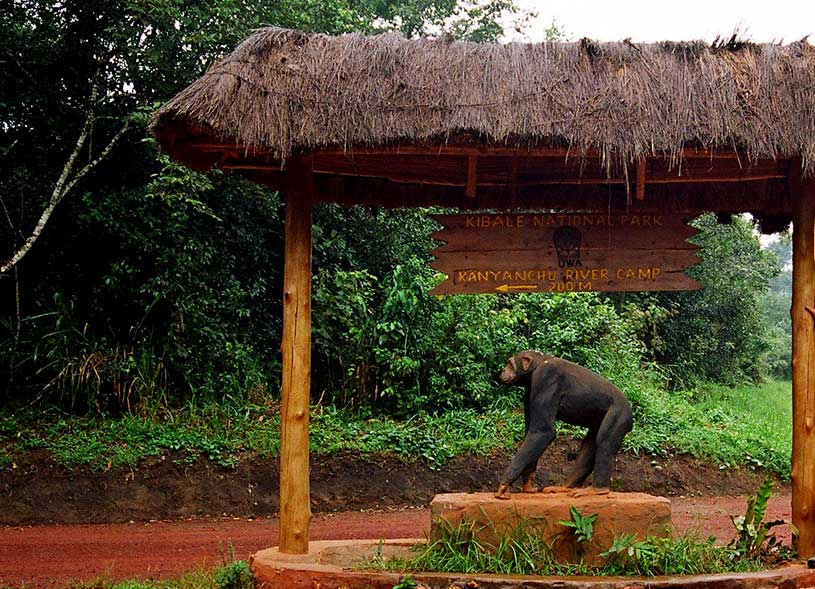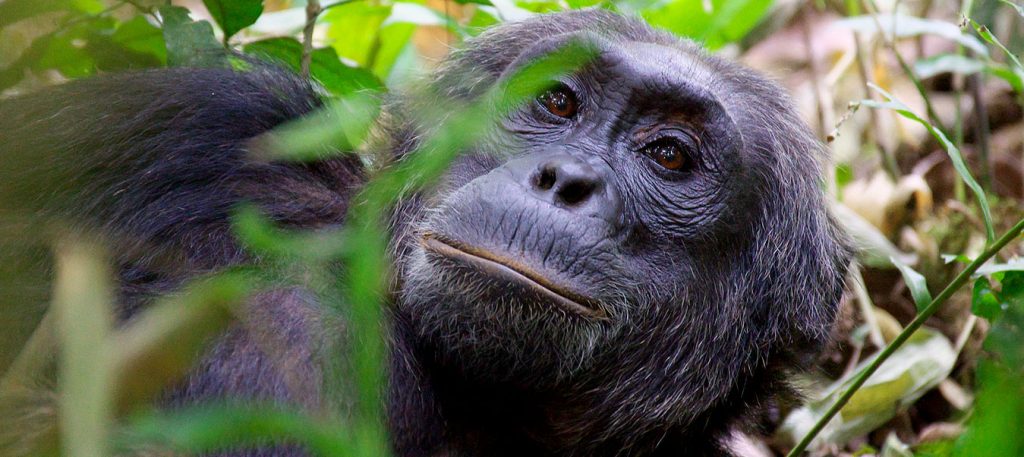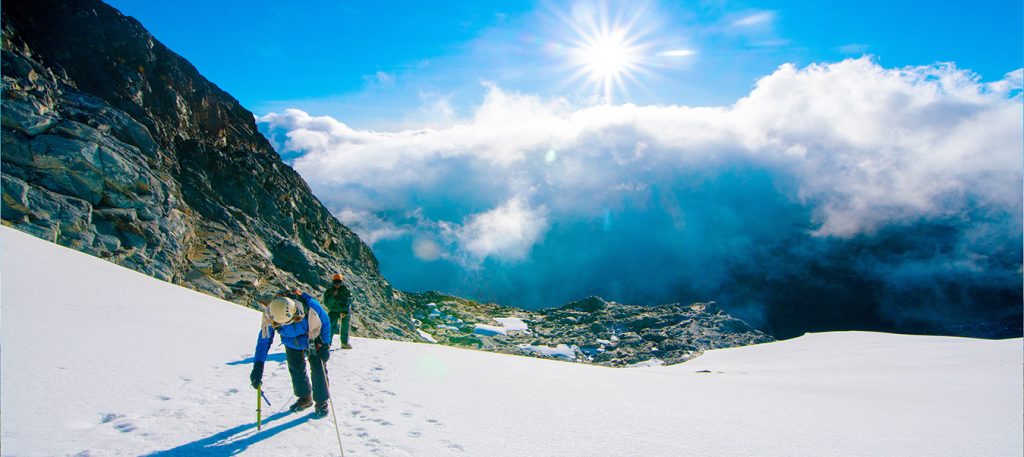Location and Size:
Kibale National Park is located in western Uganda, about 320 kilometers (199 miles) west of Kampala, the capital city. The park is adjacent to the town of Fort Portal and covers an area of approximately 795 square kilometers (307 square miles). It is part of a continuous forest ecosystem that includes the Queen Elizabeth National Park, forming a wildlife corridor between Uganda’s savanna and forest landscapes.
Kibale National Park is most famous for its population of chimpanzees, and it has the highest density of primates in all of East Africa, earning it the nickname “The Primate Capital of the World.” The park’s lush tropical forests are interspersed with patches of grassland and swamp, providing a habitat for a wide range of wildlife species.
Kibale National Park is primarily known for its exceptional primate population. It is home to 13 species of primates, making it the richest park in Uganda in terms of primate diversity.
In addition to primates, Kibale National Park also provides a home for other mammals, including forest elephants, buffaloes, giant forest hogs, and various species of antelope.
Kibale National Park is a birder’s paradise, boasting over 375 species of birds. This makes it an excellent destination for birdwatchers. Notable bird species include:
Kibale also hosts several species of reptiles and amphibians, including forest snakes, lizards, and frogs. Though harder to spot, these creatures are an integral part of the park’s ecosystem.
Kibale National Park is renowned for its chimpanzee tracking experiences, which are one of the main reasons visitors come to the park. Visitors can join a chimpanzee tracking tour led by experienced guides who are knowledgeable about the behavior and habitats of the park’s chimpanzee population.

Chimpanzee Tracking Process: The treks start from Kanyanchu Visitor Center and typically last about 2-4 hours, depending on the location of the chimpanzees. Once the chimps are located, visitors are allowed to spend up to one hour observing them from a safe distance. Chimpanzees are often seen feeding, grooming, playing, and interacting with one another. The trek through Kibale’s dense forest is also a chance to encounter other wildlife, particularly the park’s various primate species.
Kibale is a must-visit for bird enthusiasts. The park offers excellent birdwatching opportunities with its diverse bird species. Birding tours are often conducted in the early mornings when bird activity is highest. The Bigodi Wetland Sanctuary, located just outside the park, is also a fantastic birdwatching spot, known for species like the papyrus gonolek and the great blue turaco.
Guided nature walks are a popular way to explore Kibale’s unique ecosystem. These walks take visitors deep into the forest, where they can observe not just primates but also trees, flowers, insects, and other wildlife. One notable option is the night forest walk, where visitors can experience the forest’s nocturnal wildlife, such as the potto and bushbabies.
Located near the southern edge of Kibale National Park, the Bigodi Wetland Sanctuary is a community-managed project that offers guided walks through the swamp and surrounding forest. The sanctuary is known for its birdlife, with over 200 bird species recorded, including the great blue turaco. It is also home to primates such as red colobus monkeys, black-and-white colobus, and grey-cheeked mangabey. The wetlands are a beautiful and serene area for nature lovers.
Visitors to Kibale National Park can engage with local communities, such as the Batooro and Bakiga people who live near the park. These cultural experiences often include visits to nearby villages, participation in traditional dances, and learning about local agricultural practices.
Kibale National Park plays a vital role in Uganda’s conservation efforts. The Uganda Wildlife Authority (UWA) manages the park, working to protect its biodiversity, particularly the endangered chimpanzee population. Kibale is also part of an important ecological corridor that connects Queen Elizabeth National Park and Semuliki National Park, allowing wildlife to move between protected areas.
Several conservation programs focus on reducing human-wildlife conflict, supporting eco-tourism, and educating local communities about the importance of protecting the environment. Kibale’s proximity to agricultural areas can result in human-wildlife conflict, particularly with elephants and chimpanzees. UWA and various non-governmental organizations are involved in efforts to mitigate these conflicts.
The best time to visit Kibale National Park for chimpanzee tracking and other wildlife experiences is during the dry seasons, which run from December to February and June to August. During these periods, the forest trails are more accessible, and chimpanzees are easier to track.
The rainy seasons, which occur from March to May and September to November, bring heavier rainfall, making forest walks more challenging but still rewarding. The forest, however, becomes lusher during the rainy season, and birdwatching is excellent year-round.
Kibale National Park has a wide range of accommodation options to suit different budgets. Whether visitors are looking for luxury lodges or budget-friendly camping, they will find several choices.
Kibale National Park offers an unparalleled primate-watching experience, highlighted by its world-famous chimpanzee tracking excursions. With its rich diversity of wildlife, particularly primates, alongside breathtaking scenery and vibrant birdlife, Kibale provides a unique and unforgettable adventure for nature lovers, birdwatchers, and conservation enthusiasts alike.




Stay informed and inspired with our monthly newsletter! By subscribing, you’ll receive the latest updates, exclusive content, special offers, and insider news directly in your inbox.

Discover the World, one Full Adventure at a Time!






1080 Brickell Ave - Miami
United States of America
info@travel.com
Travel Agency +1 473 483 384
Info Insurance +1 395 393 595